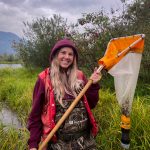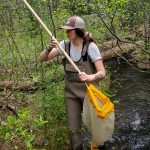 The Kootenay Lake Partnership (KLP) was formed in 2010 as a multi-agency initiative to support a productive and healthy Kootenay Lake ecosystem. The partnership envisions balanced land and water uses that sustain environmental, community, recreational, aboriginal cultural, traditional, and aesthetic values. The mission of the Partnership is to share information and optimize available resources, in order to develop integrated, collaborative approaches to lake management.
The Kootenay Lake Partnership (KLP) was formed in 2010 as a multi-agency initiative to support a productive and healthy Kootenay Lake ecosystem. The partnership envisions balanced land and water uses that sustain environmental, community, recreational, aboriginal cultural, traditional, and aesthetic values. The mission of the Partnership is to share information and optimize available resources, in order to develop integrated, collaborative approaches to lake management.
Living Lakes Canada was contracted by the Regional District of Central Kootenay to coordinate the Kootenay Lake Partnership.
Members of KLP include the following agencies: Fisheries and Oceans Canada, Ministry of Forests, Lands, Natural Resource Operations and Rural Development, Ministry of Transportation and Infrastructure, Okanagan Nation Alliance, Ktunaxa Nation Council, Yaqan Nukiy Band, City of Nelson, Village of Kaslo, Interior Health Authority, and the Regional District of Central Kootenay. Additional partners include the Friends of Kootenay Lake, Slocan Lake Stewardship Society, Underwater Archaeology Society of BC, and Kootenay Lake Waterfront Property Owners Society.
BACKGROUND
Fisheries and Oceans Canada completed a Foreshore Inventory and Mapping project on the West Arm of Kootenay Lake in 2004, and again in 2008. Within that timeframe the level of impact increased, the amount of land designated as urban residential increased, a net loss in riparian vegetation was recorded, and more than 300 new docks and groynes were built.
The Kootenay Lake Partnership was created because of this increase in development pressure on Kootenay Lake, along with overlapping and multi-jurisdictional responsibilities across government agencies, and the subsequent cumulative impacts specifically raised by the Yaqan Nukiy, the Ktunaxa Nation and the public. This has led to conflicting policy, poor communication, un-coordinated efforts, lack of regulatory compliance, and weak public education and guidance.
The approach the partnership took was to complete a Sensitive Habitat Inventory Mapping (SHIM) project for the entire lake. SHIM is comprised of the Foreshore Inventory, and Aquatic Habitat Index. The resulting Shoreline Management Guidelines contribute to a better understanding of ecological values of the shoreline and direct shoreline development, through the creation of a Shoreline Guidance Document, in a manner that will protect those values.
The project is part of a larger planning process in which ecological and aboriginal values are recognized within shoreline management guidelines to be used by decision-makers around the lake (government agencies, developers, homeowners).
The KLP has worked for 4 years to complete other inventories of the lake including a complete assessment of ecological components (captured by Sensitive Habitat Inventory and Mapping) and the Archaeological Overview Assessment (which identifies archaeological sites and potential). In the fall of 2015 the Ktunaxa Nation Council, in cooperation with the Lower Kootenay Indian Band, completed a Cultural Values and Use Study (CVS) which inventories sites of contemporary and historical cultural use (e.g. subsistence, spiritual etc.). The findings from this study create a decision-making framework which can better guide development and activities in a sustainable manner on Kootenay Lake.
Shoreline Management Guidelines exist for 10 other lakes in the Columbia Basin, however, none have completed a CVS nor integrated aboriginal values directly within the decision making protocols. This will set precedent for other lakes to meaningfully recognize and protect aboriginal values in the area.






